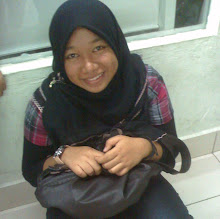
Pua Kumbu is a traditional patterned multicolored ceremonial cotton cloth used by the Iban, made and used in Sarawak, Malaysia. Pua kumbu are woven by Dayak women and are considered to be sacred objects. They are used for lifecycle rituals and special events including the birth of a child, coming of age celebrations, receipt of an important item to a longhouse, and to screen a corpse that is being laid out in a longhouse prior to burial.Throughout history, women have been inextricably associated with textile arts. No matter what materials are used, no matter what form of culture is referenced, their participation has remained constant in influencing, shaping and evolving numerous varied techniques. When one reviews historical and anthropological literature, this fact is seldom recognised or is relegated to rather insignificant cultural importance. Thus it is not suprising that although much has been written on Iban culture, emphasis has been on male dominated activities. As a result, very little research has been made into women's contribution on the technical aspects of weaving, there has been little study of the pua kumbu in a cultural and social context. Discussion and ensuing interpretation of the symbolism has been limited to the study of individual motifs rather than examining the pua composition as a whole.According to legend, some twenty-four generations ago, Singalang Burong, the God of War, taught his grandson; Surong Gunting the use of the most sacred of all the pua, the lebor api, after a period of warfare. The tradition was established that heads captured in war should be received ceremonially on this cloth, which has to be dyed a deep red colour, and was often woven using a special supplementary weft technique (sungkit). This pua was woven at Batu Gelong the longhouse abode of the goddesses of weaving, Kumang, Indai Abang, and Lullong, Indigo (tarum) and other plants used for dyeing were planted around the longhouse. Beyond the longhouse on the farm, cotton (taya), the most important crop next to padi, was planted



No comments:
Post a Comment